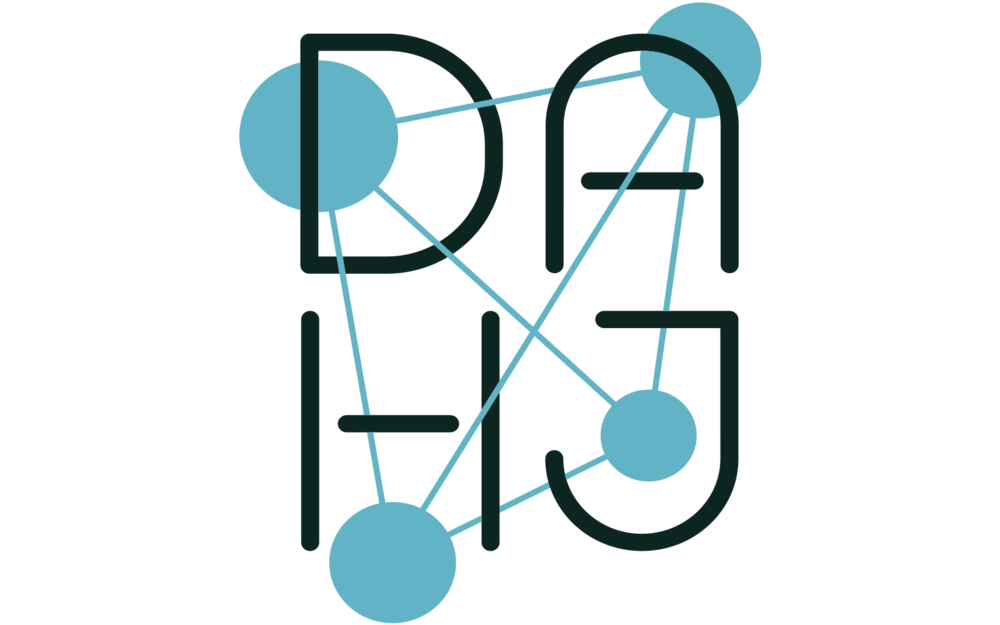[Sacred + Profane]: Man in Motion #1-#4, Headmaster #1-#2, and Inner Peace, November 2022
AI-generated images (Midjourney)
Dekker Dryer (also known as Phantom Astronaut) is a multimedia artist, filmmaker, and musician who explores the intersections of folklore, dreams, consciousness, and technology. His ongoing series, [Sacred + Profane], navigates the boundary of censorship on social media. The AI-generated subjects visualize emergent folkloric rituals in dark, often unsettling snapshots. The works are united, however, by their bans on Facebook, Instagram, or TikTok for either religious insensitivity (sacred) or perceived nudity (profane). The series blurs the line between these two concepts, both of which drive content production and restriction on today’s social media platforms. According to the artist: “It’s a funny thing how you’ll work with one intelligent system to make an image that a second intelligent system will categorize and censor.”
Artist Bio
Dekker Dreyer (Phantom Astronaut) is a Los Angeles-based multidisciplinary artist whose work employs aesthetics of folklore and the occult to interpret emergent social rituals of digital communities.
In his recent work he collaborates with AI image generation neural nets to create photographs of surreal realities. These hyper-real images are grounded in a distinct photojournalistic visual language, where the human form is distorted and mundane environments take on an ominous quality. The result is [Sacred + Profane] a collection of images banned from social media due to their uncanny nature.
Dreyer has been recognized for his work in VR, AR, digital cinema, and electronic music. He created and taught the immersive media producing program at Columbia college Chicago and served as XR subject matter expert at University of Maryland. Since 2018 he's been the lead curator of Slamdance DIG.
Dekker Dreyer (Phantom Astronaut) on his practice and perceptions of working with AI tools:
“I gravitate toward misunderstood things. This drives me to learn everything I can about new technologies and how they can be used to create art. But I'm always running just ahead of an insatiable monster. The snarling jaws of utility snapping behind me. They want to consume every new tool. Strip it all down to the marrow, all in the name of productivity.
You can even hear it in the language we use for A.I.. Prompt engineer in our world. All value must somehow flow from oppressive practicality. In my pursuit of the impractical, I'm sometimes confronted with ethical questions But after carefully weighing the ones posed by artificial intelligence as it currently exists, I don't see any clear ethical dilemmas. The real conflict is with the series of exploitative systems under which we all live.
Many artists believe in the idea of the commons, a sort of shared cultural space where ideas are freely exchanged. Part dialog and part well of inspiration. I come from a background where reconfiguring cultural concepts into new and exciting contexts is vital, but as long as individuals who do work for higher art are threatened with losing their livelihood, I can understand their fear.
However, De-platforming art is a shortsighted and reactionary stance. Different mediums and methods should never be discounted outright, as unfortunately, many are doing with AI in the current climate. If it's so controversial, why explore creativity in A.I.? Several reasons. My work is tied to the subconscious and how digital communities and social systems influence those thought patterns. The emergent works pulled from this symbiosis of artist and neural network can produce unique and beautiful imagery on a broad level.
Creative output is being driven more and more by algorithmic curation, which unfortunately favors high volume producers. It demands an industrial scale of art production very soon. No human who creates thoughtful work will be able to meet the demand of this insatiable machine. A.I. can be a way for artists to fight fire with fire. Until we figure out how to move our cultural engagement to a healthier system, the process of creating art is based on communication, artist, and network.
It's a dialog. If people are truly interested in seeing that process, I don't believe there's anything wrong with sharing your prompts. But I do think it's a useless exercise if people are looking to recreate previously generated work, the same set of prompts will almost never synthesize the same results. In my process, I might try 20, 30, 50 prompts each with slightly different information to hone in image afterward.
Also jump in and do modifications by hand to get the final result. How I want it. It's like film directing more than painting. You can imagine each generated set of images as a single take. You're always looking for more accurate ways to express yourself and each neural network model speaks a slightly different dialect. I can't imagine it's any more interesting to see any AI prompt as it is for you to see Kubrick giving an actor guidance.
I'm sure there's an audience for it, but the method of achieving the result is often less thrilling than the result itself.”

